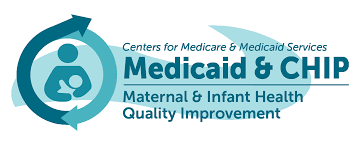Measuring progress is essential to successful quality improvement (QI) initiatives. There are three types of measures in quality improvement QI: outcome measures, process measures, and balancing measures. Taken together, these three measure types make up a family of measures. Below are suggestions for how to build a family of measures for a quality improvement project to improve timely access to comprehensive exams for children entering foster care.
- Review the measures in the tables below for outcome, process, and balancing measures that may be used in your QI project. (Note that the time frames used in the example measures are illustrative and do not represent recommended or required timeliness standards.) Adapt the measures as needed for your project. You may also want to use measures you are currently collecting or develop your own measures.
- An ideal family of measures includes no more than seven measures. Consider starting with one measure in each category and adding additional measures over time.
- Outcome measures: Outcome measures capture what you are trying to accomplish and how you will know you’ve achieved improvement. Recommendation: 1-2 measures.
- Process measures: Process measures capture the incremental changes you are testing that will collectively improve your outcome measure(s). Your process measures should relate to your outcome and be calculated frequently (for example, monthly). Recommendation: 3-4 measures.
- Balancing measures: Balancing measures capture other consequences, both intended and unintended, that might result as part of your project. Recommendation: 1 measure.
- A Note About Claims Lag: Claims lag can be a concern when using data for improvement. It is acceptable to look at your quality measures before all the claims have been submitted; 1-2 months runout may be sufficient. For QI projects, you are looking for signs of progress, not perfection. You may test the impact of shorter claims run out by calculating the measure with 1-month runout, 2 months, 3 months, etc. This will help you better understand the impact of claims lag on your QI project measures. Note that measures for accountability, such as those needed to assess contract performance or for incentive payments, require more analytic rigor and longer claims run out.

